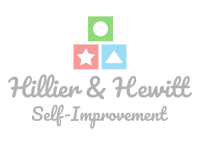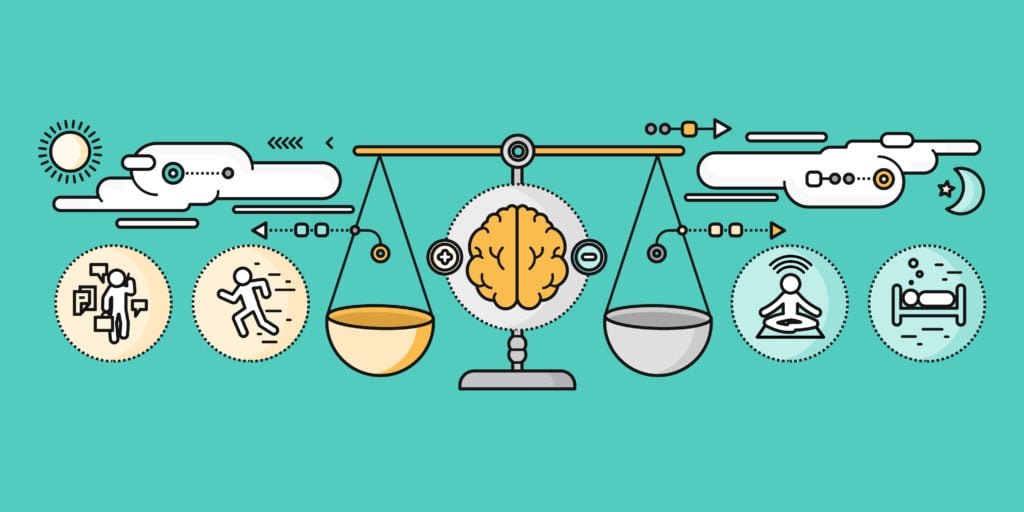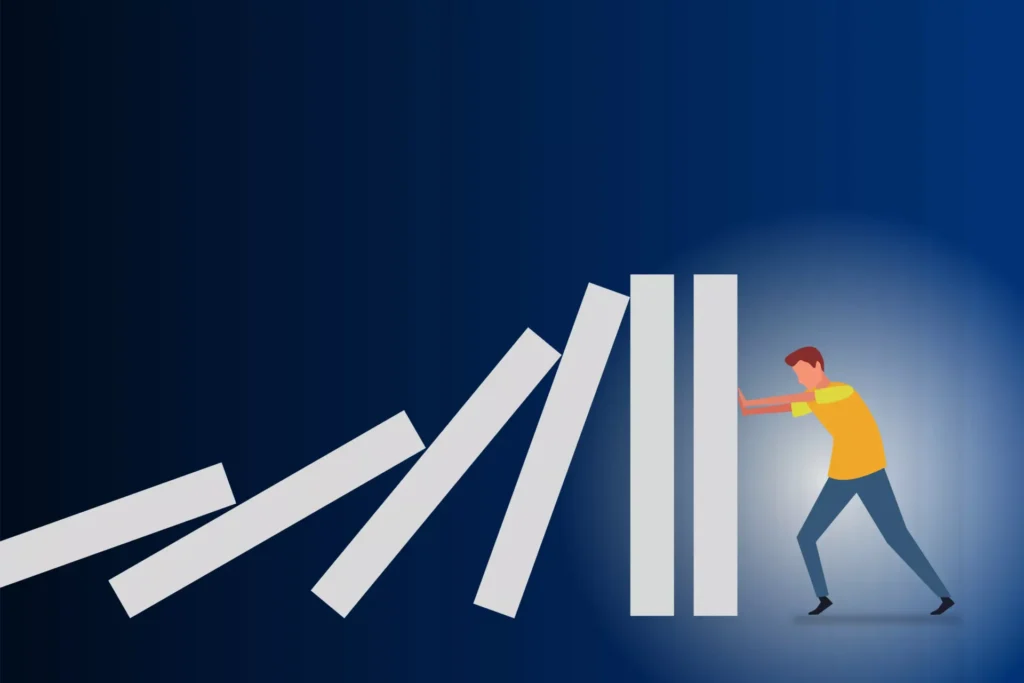In the fast-paced world we live in, mastering the art of mindful productivity is a skill that can significantly enhance your focus and efficiency. This comprehensive guide will explore key strategies to help you achieve more in less time while maintaining a sense of mindfulness throughout your workday. A homeschooling tutor in Bettendorf teaches some of these techniques to children to help them learn more easily and quickly.
Embracing the Power of Mindfulness

A Colorado Springs SEO company gives one useful piece of advice to its employees. Mindfulness is the cornerstone of productive living. It involves being fully present and engaged in the task at hand, without the distraction of past or future thoughts. Start your journey toward mindful productivity by incorporating short mindfulness exercises into your routine. Begin each work session with a few minutes of focused breathing or a simple body scan. This practice helps clear mental clutter and sets the stage for heightened focus.
Cultivate mindfulness not only in your work but also in your daily activities. When you’re engaged in a task, immerse yourself fully in the experience. Whether it’s answering emails or attending a meeting, give your full attention to the present moment. This deliberate approach can transform routine activities into opportunities for increased awareness and effectiveness.
Furthermore, consider integrating mindfulness into your breaks. Instead of mindlessly scrolling through social media, take a short walk or practice mindful stretching. These moments of intentional rejuvenation can enhance your overall well-being and contribute to sustained productivity.
Strategic Goal Setting for Maximum Impact
Setting clear and achievable goals is a fundamental aspect of mindful productivity. Working on a project is a big job, and that’s why managed IT services in San Antonio divide that task into several key ones in order to get everything done well and on time. Begin by outlining your overarching objectives, then break them down into smaller, manageable tasks. This approach not only provides a roadmap for your work but also fosters a sense of accomplishment as you complete each step.
Prioritize your tasks based on urgency and importance. The Eisenhower Box, a time management method attributed to Dwight D. Eisenhower, encourages categorizing tasks into four quadrants: urgent and important, important but not urgent, urgent but not important, and neither urgent nor important. As part of the readathon school fundraiser, children read some of these theories and learn from them how to organize their time. This classification system enables you to focus on tasks that align with your overall goals and values.
In addition to setting goals, regularly evaluate your progress. Reflect on your achievements and identify areas for improvement. This introspective practice ensures that your efforts are aligned with your long-term objectives, promoting a sense of purpose and fulfillment in your work.
Mastering Time Management Techniques
Effectively managing your time is crucial for mindful productivity. The health clinic in Marietta GA states that our full concentration lasts only about thirty minutes, after which we need a short break. Adopt the Pomodoro Technique, a time management method developed by Francesco Cirillo, to enhance focus and prevent burnout. This technique involves breaking your work into intervals, typically 25 minutes in length, separated by short breaks. This structured approach optimizes concentration during work intervals while allowing for brief moments of rest.
Additionally, practice the two-minute rule coined by productivity expert David Allen. If a task takes less than two minutes to complete, do it immediately. This simple yet powerful rule minimizes the accumulation of small, nagging tasks and maintains a sense of order in your workflow.
Moreover, leverage technology to streamline your tasks. Utilize productivity apps and tools to organize your schedule, set reminders, and collaborate seamlessly with colleagues. However, be mindful of digital distractions; establish designated periods for checking emails and notifications to prevent constant interruptions.
Creating a Mindful Workspace
Your physical environment significantly influences your ability to maintain mindful productivity. Homes for sale in Dakota are equipped with special rooms for working from home and help many to be more successful in their business. Design a workspace that promotes focus and minimizes distractions. Ensure ample natural light, organize your desk, and personalize the space with elements that inspire and motivate you.
Integrate plants into your workspace, as they not only enhance air quality but also contribute to a calming atmosphere. Consider incorporating elements of feng shui, such as placing your desk in a power position facing the door, to optimize the flow of energy in your workspace. This is one of the techniques that even successful business lawyers in Dubai apply.
Furthermore, practice digital decluttering. Clear your desktop of unnecessary files, organize your digital folders, and limit the number of open tabs and applications. A tidy digital space can have a profound impact on your mental clarity and overall productivity.
Cultivating a Balanced Lifestyle
Mindful productivity extends beyond the workplace; it encompasses your entire lifestyle. Prioritize self-care by maintaining a healthy balance between work and personal life. Establish clear boundaries for work hours and adhere to them to prevent burnout and maintain overall well-being. It wouldn’t hurt to book a cheap trip from time to time to take a break from everyday stress.
Incorporate regular breaks into your daily routine, allowing time for physical activity, socialization, and relaxation. Engage in activities that bring you joy and fulfillment, whether it’s reading, exercising, or spending quality time with loved ones. A holistic approach to life contributes to sustained energy and focus when you return to your work tasks.
Fostering Collaborative Mindfulness in Teams
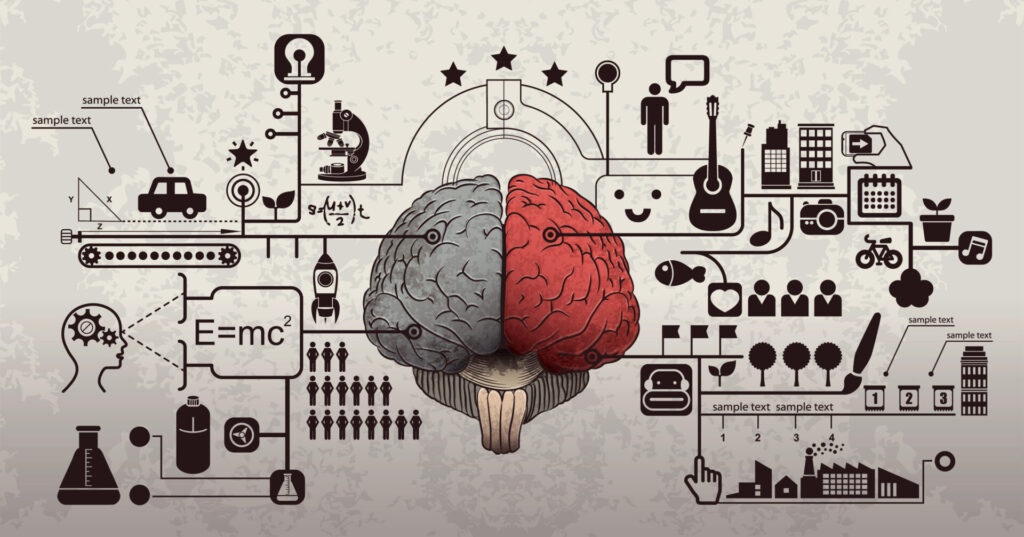
Mindful productivity is not solely an individual endeavor; it can be amplified when embraced collectively within a team or organization. Foster a culture of mindfulness among your colleagues by encouraging open communication and active listening. Find similarities with your colleagues and you can enroll in a beauty course that will bring you closer and contribute to a healthy environment at work. Establish regular team check-ins where members can share progress, challenges, and insights. This collaborative approach not only enhances individual mindfulness but also contributes to a positive and supportive work environment.
Integrate mindfulness practices into team meetings. Begin sessions with a brief mindfulness exercise to center everyone’s focus and create a conducive atmosphere for collaboration. This shared mindfulness ritual can promote a sense of unity and shared purpose among team members.
Moreover, explore collaborative goal-setting. Involve team members in the process of defining collective objectives and strategies. This inclusive approach not only leverages the diverse skills and perspectives within the team but also fosters a sense of ownership and commitment to shared goals.
The Neuroscience of Mindful Productivity
Delve into the science behind mindful productivity to deepen your understanding of its impact on the brain. Neuroscientific studies suggest that mindfulness practices can lead to structural changes in the brain, particularly in areas associated with attention and emotional regulation. Regular mindfulness meditation has been linked to increased gray matter density in the hippocampus, a region crucial for memory and learning.
Furthermore, mindfulness has been shown to activate the prefrontal cortex, which plays a key role in executive functions such as decision-making and problem-solving. By engaging in mindfulness, you are essentially training your brain to operate more efficiently and make better-informed decisions. One of the ways to deal with accumulated stress and relieve your mind is detox products.
Explore mindfulness-based stress reduction (MBSR) techniques, developed by Jon Kabat-Zinn, to not only enhance productivity but also to reduce stress. MBSR incorporates mindfulness meditation and yoga to promote self-awareness and reduce the physiological and psychological effects of stress. Understanding the neural mechanisms behind mindfulness can provide a compelling motivation to integrate these practices into your daily routine.
Mindful Innovation and Creativity
Contrary to the misconception that mindfulness restricts creativity, it can actually serve as a catalyst for innovation. Embrace mindfulness as a tool to unlock your creative potential. Create a dedicated space for ideation and free thinking, free from the constraints of structured tasks. Allow your mind to wander and explore unconventional ideas during these designated creative sessions. Indulge in some DIY projects like creatively making your own cheese boards in which you can engrave a message of your choice.
Mindfulness can enhance divergent thinking, a key component of creativity. By cultivating an open and non-judgmental awareness, you create a mental environment that fosters the generation of a wide range of ideas. Experiment with mindfulness techniques such as focused breathing or guided visualization to stimulate creative thinking.
Additionally, consider incorporating mindfulness into your problem-solving process. When faced with challenges, take a moment to step back and approach the situation with a fresh perspective. In fact, collaborating with skilled website designers can be a valuable asset in this process. Their expertise in user experience and visual communication can help you craft solutions that are both effective and aesthetically pleasing. Mindful awareness, combined with their insights, can unveil new possibilities and alternative solutions that might not have been apparent before.
Mindful Leadership for Organizational Excellence
Extend the principles of mindful productivity to leadership practices for organizational excellence. Mindful leadership involves leading with intention, presence, and compassion. Practice self-awareness as a leader by regularly reflecting on your values, motivations, and impact on others. This introspective approach fosters authenticity and resonates with team members.
Incorporate mindfulness into decision-making processes. Before making significant choices, take a moment to center yourself and consider the broader implications. Mindful decision-making involves weighing the long-term consequences and aligning choices with the organization’s values and goals. Focus on work, and to do this, you must not think about home, to make sure that the most important thing is always secured, consult with different access control systems in Philadelphia.
Furthermore, cultivate a culture of trust and psychological safety within the organization. Encourage open communication, feedback, and a sense of belonging among team members. Mindful leaders prioritize the well-being of their team and create an environment where individuals feel empowered to contribute their best work.
Mindful Productivity in the Digital Age
Navigate the challenges of mindful productivity in an era dominated by digital technology. While digital tools offer efficiency and connectivity, they can also be sources of distraction and overwhelm. Implement strategies to strike a balance between leveraging technology and maintaining a mindful workflow.
Establish designated technology-free zones or periods during your workday. Turn off non-essential notifications to minimize interruptions and create focused blocks of time for deep work. This intentional use of technology ensures that digital tools enhance rather than hinder your productivity.
Explore digital mindfulness tools and applications designed to promote focused work and reduce screen time. Consider integrating meditation apps, time-tracking tools, and website blockers into your digital routine. These tools can serve as allies in cultivating a mindful relationship with technology. Always have some of the useful apps installed on your phone like the roadside assistance app that can help you at some critical moment.
Sustainable Mindful Productivity Practices
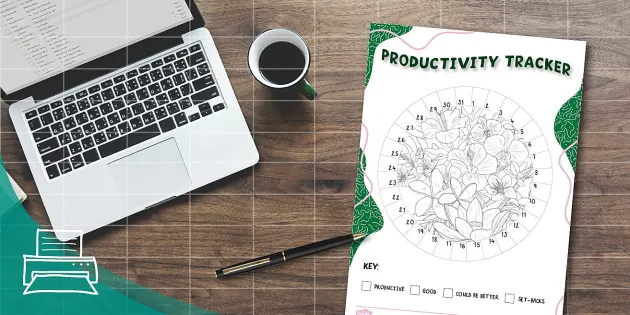
Consider the long-term sustainability of your mindful productivity practices. As you integrate mindfulness into your daily routine, periodically assess its impact on your overall well-being and productivity. Adapt your approach based on evolving needs and circumstances.
Regularly revisit your goals and priorities to ensure they align with your values and aspirations. Mindful productivity is not a static state but a dynamic process that requires ongoing reflection and adjustment. Embrace flexibility in your strategies, allowing room for experimentation and refinement. For example, if your goal is to seal the paver that is in the front area of your house, a strategy change that will save you a lot of time is calling a company for paver sealing in St. Augustine FL instead of doing it on your own.
Moreover, share your mindful productivity journey with others. By openly discussing your experiences and insights, you contribute to a culture of continuous improvement within your community or workplace. Encourage colleagues, friends, and family members to explore mindfulness practices and share the collective wisdom gained from these experiences.
Conclusion
In embracing the diverse facets of mindful productivity, we’ve embarked on a journey that transcends individual habits and extends into the realms of team collaboration, neuroscience, creativity, leadership, and the evolving landscape of digital technology. This comprehensive guide has illuminated the pathways to a more intentional and focused way of working and living.
As you navigate the intricate balance between mindfulness and productivity, remember that this is not a one-size-fits-all endeavor. Your mindfulness journey is a dynamic process, requiring continual reflection and adaptation to align with the ever-changing demands of life and work. Sustainability lies not only in the practices you adopt but also in your ability to flexibly respond to evolving circumstances.
In fostering mindfulness within teams, understanding the neuroscience behind these practices, harnessing creativity, adopting mindful leadership, and navigating the digital landscape, you’ve equipped yourself with a robust toolkit. This toolkit is not merely a set of techniques but a philosophy that can permeate every aspect of your personal and professional life.
As you integrate these principles, consider the ripple effect they can have. By embodying mindful productivity, you contribute to a cultural shift within your community or workplace. Share your experiences, insights, and challenges, and encourage others to embark on their own mindful journeys. In doing so, you contribute not only to your own well-being but also to the collective growth and flourishing of those around you.
May the art of mindful productivity be a guiding compass as you navigate the complexities of modern life. Cultivate mindfulness not as a destination but as a way of being—one that enhances focus, unlocks creativity, fosters collaboration, and ultimately leads to a more fulfilling and purpose-driven existence. The journey continues, and with each mindful step, you inch closer to achieving more in less time while savoring the richness of each moment.
